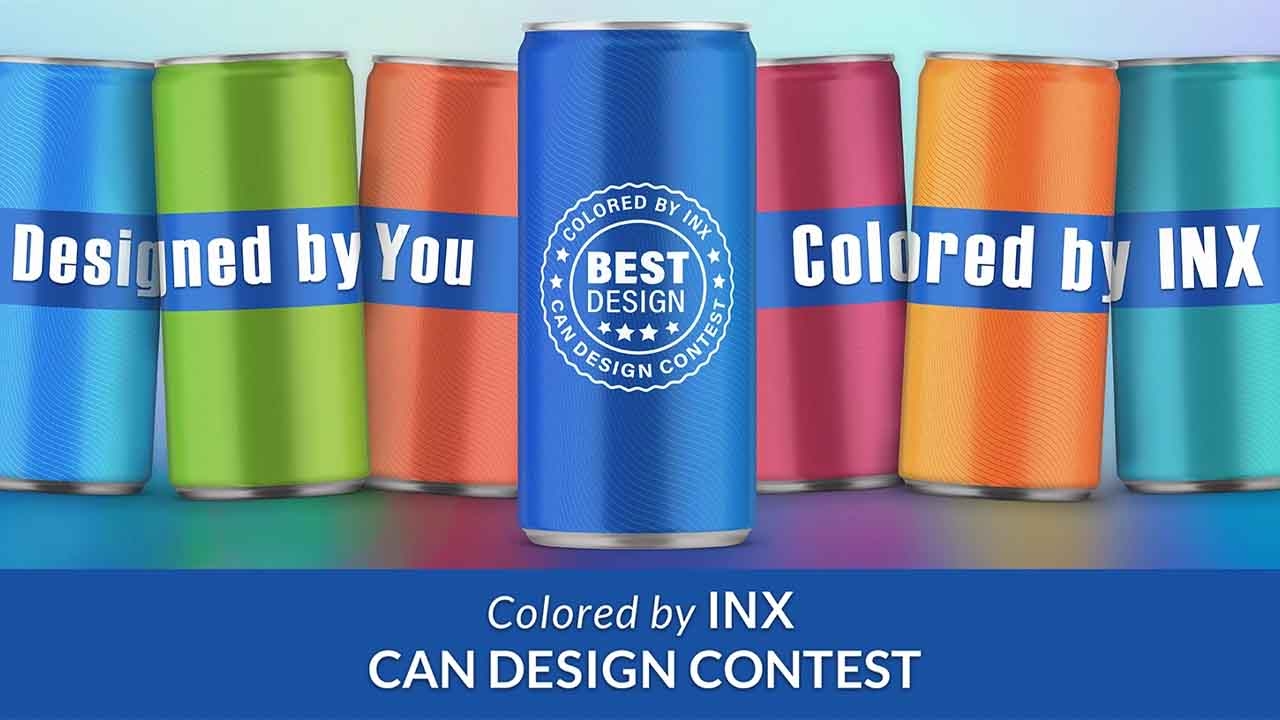No longer black and white

Andrew Reckner, The Highland Group, identifies a paradigm shift in private label
Initially fueled by the early-2000s recession and resulting consumer demand for lower-cost product options, the dramatic growth in private label (PL) manufacturing continues unabated. Particularly within the consumer packaged goods (CPG) industry, the economic downturn, coupled with improved PL branding and innovation, has fundamentally changed the customer and industry mindset. In what can safely be termed a paradigm shift, retailers and their customers are coming to expect, if not demand, brand-level quality and selection at private label prices. All parties in the private label industry, including label designers and manufacturers, must be increasingly innovative and efficient to thrive in this shifting and complex marketplace.
Private label goods, once derided as the no-frills choice among budget-conscious consumers, have seen extraordinary growth in popularity in the last decade. PL market share has grown dramatically over the last decade and continues to expand; it now stands at north of 30 percent and growing in certain product categories, such as frozen food. The recent economic downturn and resulting price consciousness among consumers were major drivers of this growth. Yet even before the 2009 recession, trends legitimizing PL as the first choice among consumers were already strong. Increased quality and selection of PL products have fueled the growth. Coupled with enhanced packaging and labeling, many PL offerings are nearing the perceived status of major brands among consumers. Crucially, the proliferation of PL products increased retailers’ profit margins: on average, a supermarket earns 10-20 percent more selling a unit of their own label’s product than a brand-name product.
It should come as little surprise that retailers, encouraged by their PL successes and resulting higher profit margins, generally wish to increase the reach of their private label products. And while PL manufacturers welcome the business growth, it will continue to require significant enhancements to their production and design status quo.
Greater need for speed and efficiency
Retailers are eager to grow market share and have increasingly high expectations of PL product quality and development. Therefore, they are demanding the PL industry be proactive in both the development of new products as well as innovative in the labeling and packaging of existing products. To meet these demands, PL manufacturers are improving the efficiency and innovation across all aspects of their operations and staff, from R&D engineers, to supply chain managers, to label designers.
Historically, new private label products lagged about three months behind the corresponding product launches by major brands. Now, retailers want their PLs to be 'fast followers,' if not leaders. According to the senior operating executive of a large PL health and beauty manufacturer, ‘The pressures on PL today are totally new for an industry used to emulating existing successful products and efficient production. Now client demands, and ultimately those of consumers, are for innovative products more or less on par with brands, yet for the same low price.’
Investing in innovation
Needless to say, there’s a squeeze, and the PL industry, including labeling companies, is reacting accordingly. Not surprisingly, PLs are shifting funds internally to R&D to achieve increased innovation. This shift has been initially expensive, as PL engineers were previously trained to solely deconstruct existing products and develop cheap means of reproduction.
Increased training in innovative operations and product development takes time, but are eventually cheaper and more flexible once the processes are in place and optimized. The situation is analogous to a chef making beef stew from canned broth: it’s easy, quick and formulaic. In response to demand from diners for a higher value product, the chef changes production to making the stew from 'scratch,' with original beef stock. Additional time and ingredients make the production more challenging, but it holds significant benefits of higher quality and flexibility.
Akin to this example, we worked with a PL manufacturer that, like typical process manufacturers, made most of their products from a select number of pre-mixed ingredients. In response to demand from their clients for faster new product turnaround, as well as their need to reduce costs, the manufacturer changed production to mixing more of their ingredients on-site. That was a big change with more ingredients and a more complex process, and there were many more tasks to manage. Contracts with vendors providing new ingredients required negotiation and optimized delivery schedules to effectively manage inventory. Similarly, their chemists required training to develop new products from constituent ingredients, rather than emulating an existing formula. Finally, their manufacturing processes fundamentally changed, which affected production and change-over processes and times.
One would think these new initiatives would be prohibitively expensive for a cost-conscious private label manufacturer. Yet once these processes were in place and optimized, they were actually less expensive because the new approach allowed for more tinkering, flexibility and cost savings from efficient purchasing. In the end, the manufacturer realized millions of dollars in cost savings as well as faster time to market on new products.
Label appeal
The example above holds lessons for what's on, as well as what’s in, the final product. Of course, labeling manufacturers know the importance of 'perception of quality.' Private labels, as we all remember, were plain with generous white space, black lettering and generic graphics. Now, they’ve been replaced with colorful, attractive labels that rival the major brands in aesthetic appeal. Like product developers, the pressure’s on more than ever to produce visually appealing, innovative designs with high shelf velocity.
Yet as in product development, there is also a drive to provide quality labels at a much lower cost than big brands. Label manufacturers, like PLs themselves, must look toward efficient operations as the best way to manage the financial and operational squeeze in this sector. Though overlooked and unglamorous, behind-the-scenes improvements such as accounting department efficiencies help label manufacturers by freeing working capital to hire and train top-notch talent and purchase advanced equipment. Private labels can distinguish themselves through original design elements, but dynamic images and label materials cost more to assemble, just like beef stock 'from scratch.'
The efficient scheduling and maintenance of printing and labeling machines are another important way to maximize efficient production. Innovative design is important, but turnaround times are crucial as the PL market still often operates in reactionary mode. One PL manufacturer risked losing their biggest order of the year because the competing national brand made a minor change to their label that the retailer loved. The PL had to make a similar change within 48 hours and commit to production demands with the new label. The ability to react has always been important in labels, but incredibly short turnaround times plus innovation means labeling firms with flexibility will prosper.
Label designers and printers might face an uncertain path at the start, but there’s ample opportunity to manage these demands and reap the benefits of this fundamental shift in the marketplace. In partnership with PL manufacturers, the next decade could hold even greater sales opportunities as the industry continues to compete head to head with name brands. PL manufacturers and label/packaging firms alike would be well advised to invest resources now for increased flexibility and cost-effective production to meet ever-increasing customer demands and expectations.
This article was published in L&L issue 5, 2012
Stay up to date
Subscribe to the free Label News newsletter and receive the latest content every week. We'll never share your email address.

